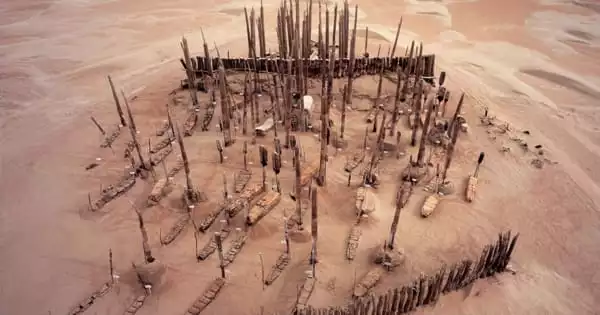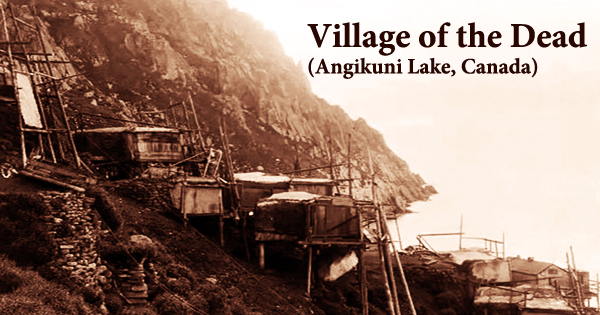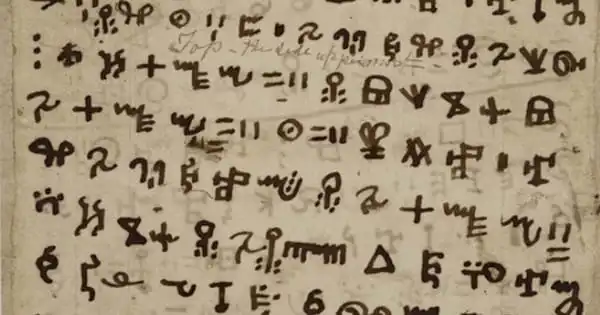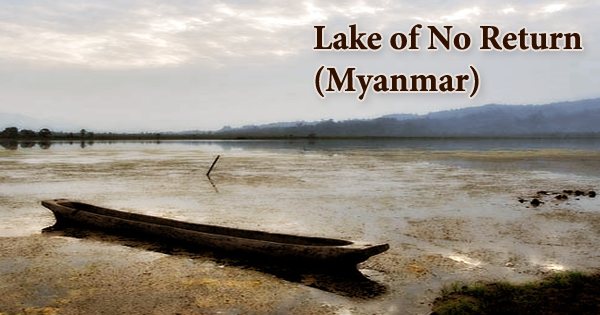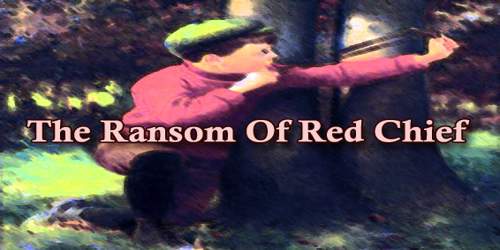The Tarim mummies are a set of mummies discovered in the Tarim Basin in modern-day Xinjiang, China, dating from 1800 BC to the first century BC, with a new group of people recently dated to between c. 2100 and 1700 BC. The mummies, especially the early ones, are usually associated with the presence of Indo-European Tocharian languages in the Tarim Basin, albeit the evidence is not completely conclusive and many centuries separate these mummies from the first written attestation of the Tocharian languages.
The ancestors of mystery mummies from Central Asia are surprising. According to a new study, these folks, who had facial traits that suggested European ancestry, belonged to a local community with ancient Asian roots. Until now, academics had categorized the mummified Bronze Age group as newcomers and argued where in West Asia they originated.
Hundreds of skeletons buried in western China’s Tarim Basin between 4,000 and 1,800 years ago were organically mummified by desert heat. Since the 1990s, preserved remains of these people have been excavated. Those buried around 4,000 years ago belonged to the Xiaohe civilization, a people that combined animal herding and plant cultivation. Their boat-shaped coffins were unlike anything else in the area. In addition, preserved cheese, wheat, millet, and clothing made of western Eurasian wool discovered in Xiaohe burials suggested distant contacts or origins.
The research found that the Tarim Basin mummies showed no sign of admixture with other groups that lived at the same time. The mummies were direct descendants of a group that was once widespread during the ice age but had largely disappeared by the end of that era — around 10,000 years ago.
Yinqiu Cui
Archaeogeneticist Yinqiu Cui of Jilin University in Changchun, China, and an international team studied DNA from 13 Tarim Basin mummies dating from 4,100 to 3,700 years ago, as well as five other human mummies dating from 5,000 to 4,800 years ago from the nearby Dzungarian Basin.
According to Vagheesh Narasimhan, an assistant professor at the University of Texas at Austin who has studied on genetic samples from the Central Asia region, ancient DNA can provide compelling evidence concerning people’s migrations at a time when written records or other clues are limited. He was not involved in the study and described it as “interesting.”
The research found that the Tarim Basin mummies showed no sign of admixture (a scientific term for having babies) with other groups that lived at the same time. The mummies were direct descendants of a group that was once widespread during the ice age but had largely disappeared by the end of that era — around 10,000 years ago.
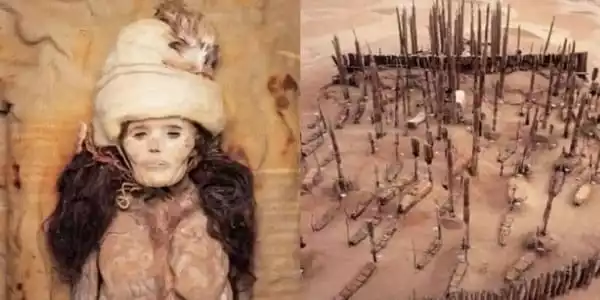
Tarim people have Asian heritage that could be traced back to hunter-gatherers who lived in much of northern Eurasia more than 9,000 years ago. According to the researchers’ findings in Nature, the mummies belonged to a population that did not marry with outsiders for millennia. There were no DNA linkages found to western Eurasian herders from the Afanasievo civilization, who some experts believe were the ancestors of the Xiaohe people.
The Dzungarians did have a predominance of Afanasievo origin. Milk proteins identified in dental tartar from seven Tarim mummies suggested that those individuals ingested dairy items on a daily basis, a practice presumably adopted from Afanasievo descendants in the Dzungarian Basin, according to the researchers.
Unanswered questions
While the DNA analysis provides intriguing information about the mummies, it is unlikely to be the final word on their origins. The study looked at mummies found at a single location, and it’s unknown whether sequencing a larger variety of Tarim Basin sites might result in the discovery of distinct genetic links, according to Narasimhan.
Frachetti stated that ancient genetic samples from this region are still rather rare, and it is likely that more genetic impacts from the Himalayas or Tibet could be discovered. Although previous research has revealed that the mummies lived on the banks of a desert oasis, it is still unknown why they were buried in boats covered in calf hides with oars at their heads – a peculiar habit not found elsewhere in the region and possibly best associated with Vikings.
“They bury their dead on boats, something no one else does. That means that the origins of this custom remain one of the greatest mysteries of this desert population, which should be the last community in the world to do so “Farchetti stated.
